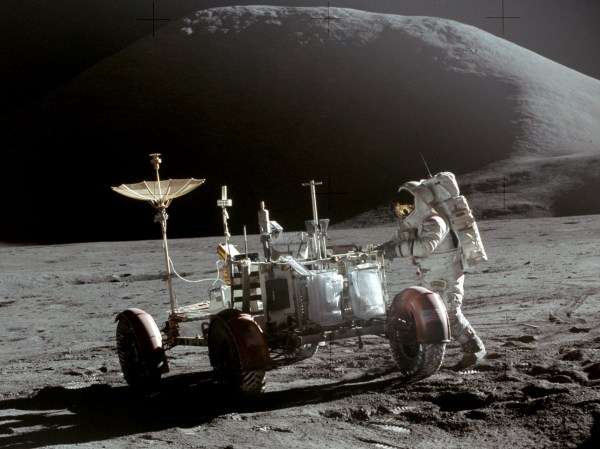If you were alive when 2001: A Space Odyssey was in theaters, you might have thought it didn’t really go far enough. After all, in 1958, the US launched its first satellite. The first US astronaut went up in 1961. Eight years later, Armstrong put a boot on the moon’s surface. That was a lot of progress for 11 years. The movie came out in 1968, so what would happen in 33 years? Turns out, not as much as you would have guessed back then. [The History Guy] takes us through a trip of what could have been if progress had marched on after those first few moon landings. You can watch the video below.
The story picks up way before NASA. Each of the US military branches felt like it should take the lead on space technology. Sputnik changed everything and spawned both ARPA and NASA. The Air Force, though, had an entire space program in development, and many of the astronauts for that program became NASA astronauts.














